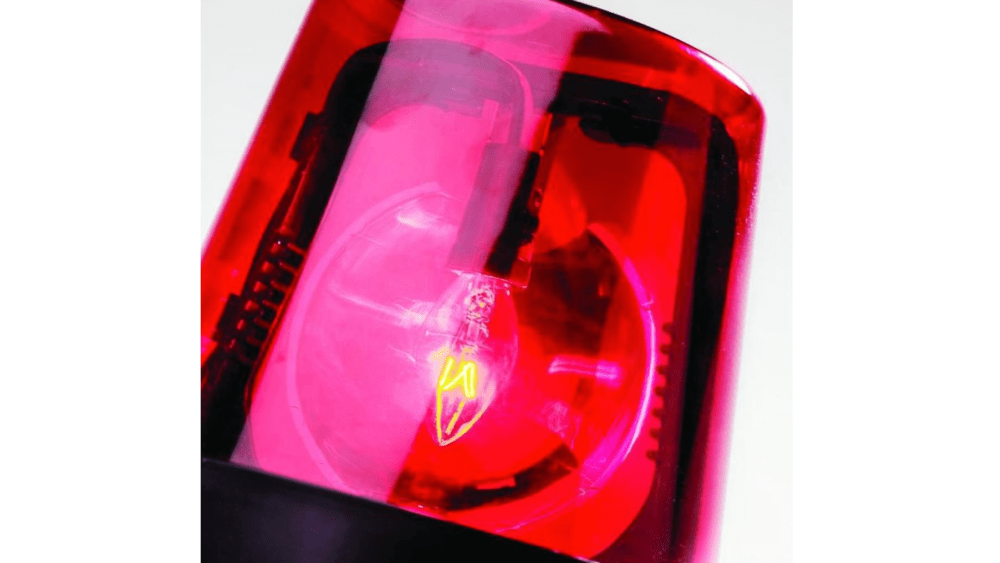
SPRINGFIELD – The Illinois Department of Agriculture’s proposed administrative rules for the use of Dicamba on soybeans were published in the Secretary of State’s Illinois Register. The proposed restrictions for dicamba use on soybeans are the same restrictions that were required in 2021.
In October 2020, USEPA announced that it had renewed the Federal Insecticide, Fungicide and Rodenticide Act registrations for three dicamba pesticides for growing seasons 2021-2025. Contrary to prior practice, USEPA declared that the only way for states to add safety restrictions to these products is through Section 24(a) of FIFRA, which allows a state to add restrictions through its rulemaking process.
In February 2021, IDOA filed emergency rules detailing additional restrictions for dicamba application on soybeans for the 2021 growing season. Since the Illinois Administrative Procedure Act prohibits state agencies from adopting emergency rules more than once in any 24-month period, the Department is now required to proceed with the permanent rulemaking process.
In addition to the requirements of the federally-approved labels, IDOA’s proposed rules include the following requirements for the use of pesticides containing dicamba on soybeans:
A pesticide containing dicamba shall not be applied on soybeans if the air temperature at the field at the time of application is over 85 degrees Fahrenheit or if the National Weather Service’s forecasted high temperature for the nearest available location for the day of application exceeds 85 degrees Fahrenheit.
Application on soybeans of a pesticide containing dicamba shall not be made after June 20 of each year.
Before applying a pesticide containing dicamba on soybeans, the applicator shall consult the FieldWatch sensitive crop registry (https://www.fieldwatch.com) and comply with all associated recordkeeping and label requirements.
Application on soybeans of a pesticide containing dicamba shall not be made if the wind is blowing toward: any Illinois Nature Preserves Commission site that is adjacent to the field of application; or an adjacent residential area.
“The number of off-target complaints received over the past two growing seasons has declined dramatically since implementing changes to label restrictions,” said Jerry Costello II, Director, IDOA. “The decision to keep these rules in place was made after evaluating several factors, including the reduction of pesticide misuse cases involving the use of dicamba on soybeans from 2019 to 2020.”
In addition to these provisions, applicators must follow the federal guidelines when it comes to applying dicamba, including taking annual Dicamba specific training and be a certified applicator.
The intent of these additional restrictions is to reduce the potential for off-target movement of this product, thereby reducing the potential for possible adverse impacts to dicamba-sensitive crops/areas. Dicamba is primarily used on soybeans to control post-emergence broadleaf weeds.
On Air Now
Up Next

Weekdays 7 p.m. to 12 a.m.

Weekdays 12 a.m. to 5 a.m.

Weekdays 5 a.m. to 9 a.m.

Weekdays 9 a.m. to 2 p.m.






